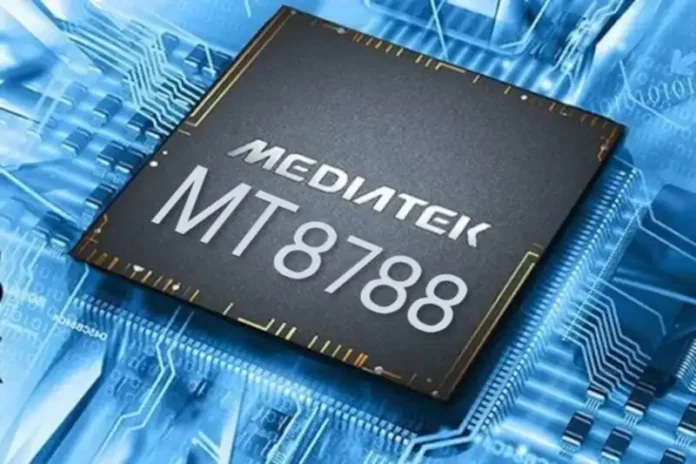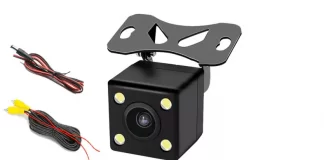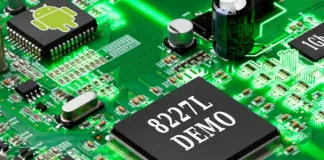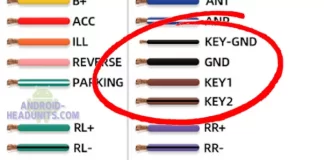Higher-end Android Headunuts are built with faster processing MCU systems. The MT8788 (same as P60) and also called Mediatek MTK8788, is one of those modern Octacore-based SoC processors.
Mobile Devices
Designed for mobile phones, the MT8788 chip has found its way into powering the Android Headunits.
Octa-core
The MT8788 is an octa-core processor. This means it is 8 processing cores in a single chip. Multiplying the number of cores is a cheaper way of increasing processing power than just upping the clock speed alone. 8 Cores is an Octa-Core. These octa-core processors are much more advanced than the old Quad-Core chips by a huge step.
Cores
MT8788
8 ARM Cortex Cores comprised of; 4 High Speed ARM Cortex A73 at 2.0 GHz and 4 Low Power ARM Cortex A53 at 1.8 GHz in big.LITTLE configuration
The cores are the ARM cortex processing cores within the SoC. The MT8788 has two pairs of four cores.
4 of the cores are high-speed ARM Cortex A73 running at a very fast 2.0GHz
The other 4 cores are the low-power ARM Cortex A53 running at a quick 1.8GHz
big.LITTLE
The two pairs of four core configuration is called ‘big.LITTLE’.
big
‘big’ refers to the more powerful and faster 2.0 GHz A73 cores,
LITTLE
‘LITTLE’ refers to the lower power and more efficient A53 Cortex cores.
Working together
Together, the 4 cores form a high-speed and low-power design as needed; the MCU can engage or disengage cores as required to either extend the battery life of the phone or boost the performance by engaging the big, more powerful but power-hungry and battery-depleting A73 big cores.
MT8788 Block Diagram
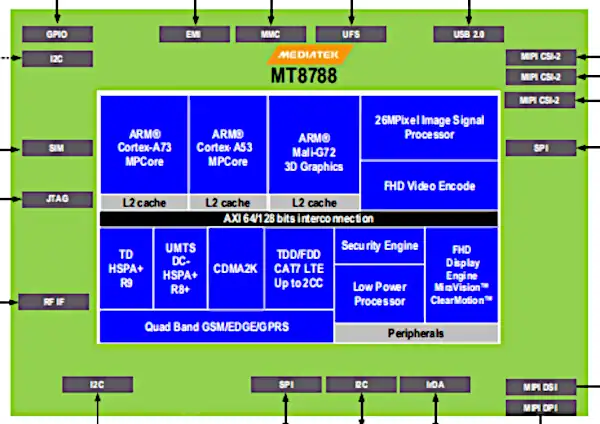
ARM Cortex-A73 MPCore, ARM Cortex-A53, and the GPU ARM Mali G72 can be seen each with their respective L2 Caches linked by the AXI interconnection with the rest of the SoC.
DynamIQ manages big.LITTLE to get the best balance between power usage and processing power delivered.
Clock Speed
The clock speed also helps to boost the processing power; more Ghz means a quicker chip, and multiplying the cores gives a big boost in speed. The MT8788 can run at a maximum of 2 GHz. By contrast, the old quadcores can struggle to reach over 1.4 GHz clock speed.
Phones
The big.LITTLE is useful for mobile phones due to the on-demand ‘high speed’ and normal running low power that helps to preserve battery life. When this configuration of ARM cortex cores (A73+A53) is the same big.LITTLE configuration is found in a phone designated as the HELIO P60.
Battery Life
While the battery life is inconsequential for an Android Headunit, the chips are mass-produced, and many of them are used to power an Android headunit due to their favorable cost vs. the high processing speed.
Comparison
One advantage of the Android headunit manufacturers utilizing processors also found in a mobile phone is the ability to make a rough comparison. Assuming the amount of RAM fitted in each is the same, and each has the same SoC, you can get a feeling of how the headunit will perform with Android because it will be the same as the phone.
Adequate
P60 is a midrange phone processor that is adequate for Android phones. The MT8788 is fitted to higher-end Android headunits and is in the top quarter of the fastest Android headunits.
Generation Lag
Android headunit processors lag behind phones by several generations.
GPU
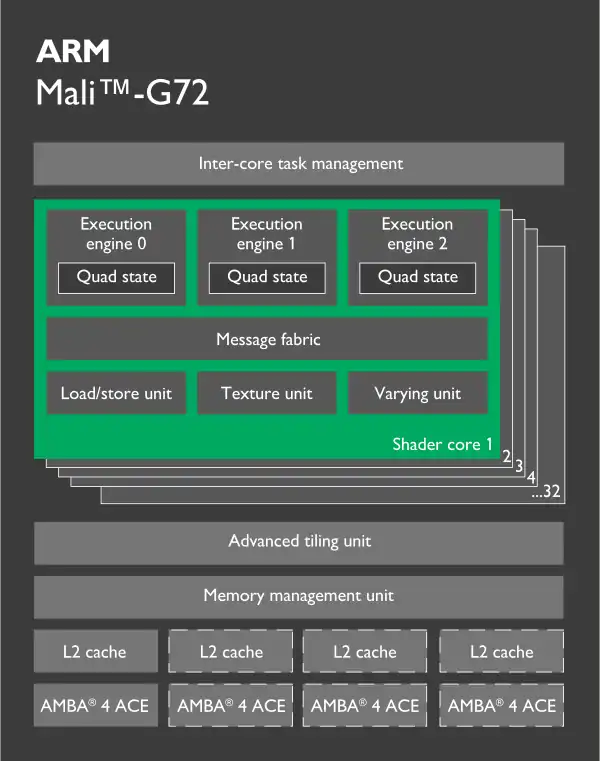
GPU is the Graphic Processing Unit, part of the MT8788 SoC.
Clock rate
The GPU employed in the silicon is an ARM Mali-G72 MP3 clocked at 800MHz.
Mid Range
The G72 MP3 is a 3-cluster, mid-range, Android-based GPU debuting in the MT8788/P60. While the G72 is described as mid-range, this is how it is viewed for phones. When used in an Android headunit, the ARM Mali-G72 MP3 is a more than capable graphics processing core.
64-Bit
The MT8788 is a 64-bit capable processing chip. Future-proofing for Android requires 64-bit processing as newer apps will benefit from 64-bit chip support by giving a performance boost.
RAM
The MTK8788 (P60) is a modern processor, and expect to find a useful 8 GB RAM installed. RAM will generally make the Android experience more fluid and responsive. More APP can be cached in RAM, leading to a snappier response to the headunit.
ROM
Typically, 64 GB or 128 GB are available to the MT8788 SoC
Android 12
Modern MTK8788-based headunits will typically be based on Android 12, or at least closer to Android 12 than the quadcores that are based on Android 6 or Android 8.1 Go. Being a newer chip, the MT8788/P60 will be suited to running a later version of Android from Android 8 (Oreo), whereas the old 4-core chips are suited to old versions of Android: 4.4 Kitkat and 6.0 Marshmallow.
MT8788 SoC board
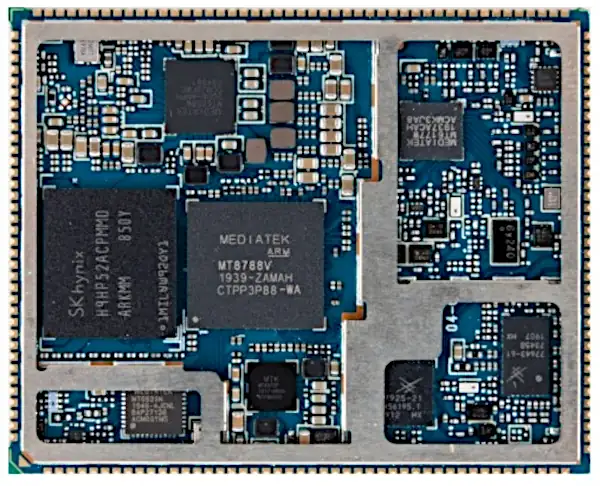
A typical MT8788 SoC Board.
Mediatek MT8788v
Note the MEDIATEK chip in the center Hynix 64 GB EMC Flash chip on the left. Other support chips and metal shielding surround the main processing cores. This would be fitted inside the Android headunit to run the Android system.


